Guide dog owner inspiring stories
In this section...
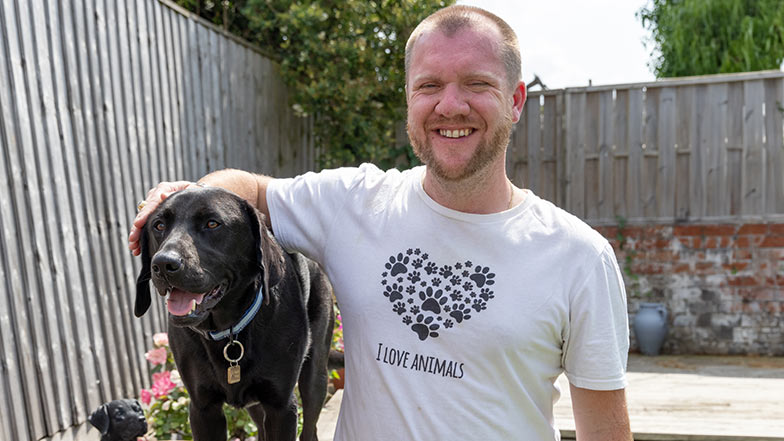
Read how guide dog Comet helped James to discover his love of travelling.
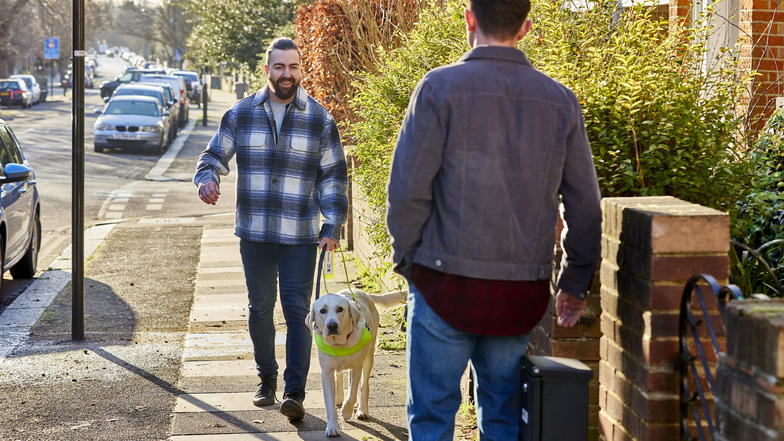
Read how Josh was able to get his confidence after he was matched with guide dog Ringo.
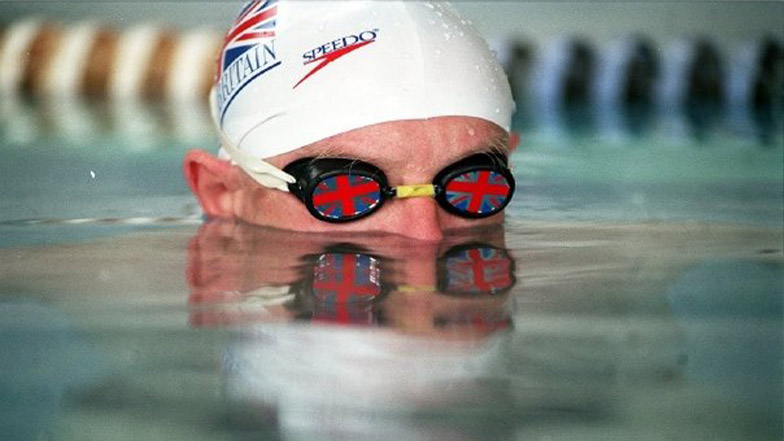
When Tim began losing his sight in his 30s, he turned to swimming. It quickly went from a sport he enjoyed, to a whole new career as a Paralympic athlete. Read how his guide dogs have been by his side, giving him the freedom to pursue his passions.

Read how Mack the guide dog has changed Devante’s life by giving him confidence, independence, and a smile back on his face.
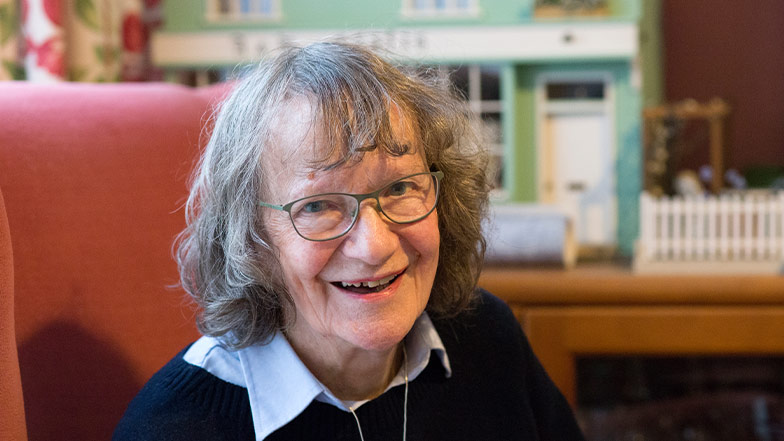
Five years ago, Hilary's vision deteriorated. Find out how with the help of Guide Dogs, Hilary is out walking every day with her white cane.

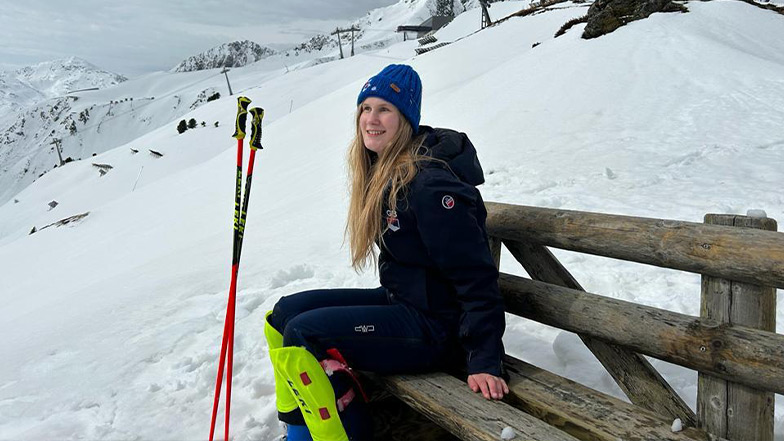
Hester and her family were first introduced to Guide Dogs when she was seven-years-old. Find out about Hester’s buddy dog, Dash, and her new guide dog, Pickle.
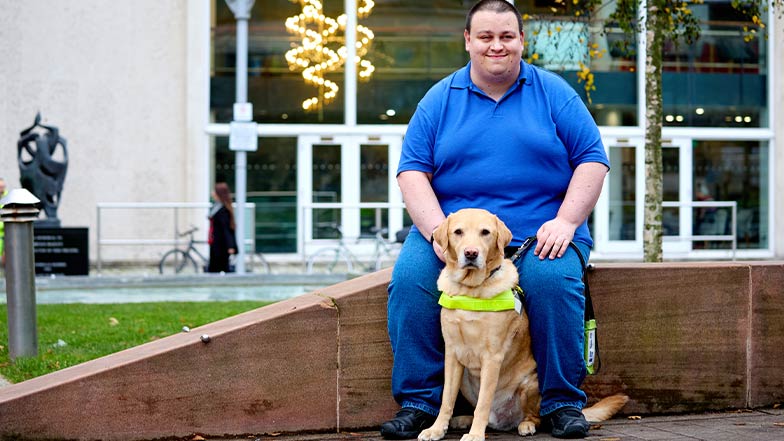
The challenges of navigating a new campus and city and deteriorating eyesight meant Charles was becoming a recluse. But guide dog Carlo gave him so much confidence.
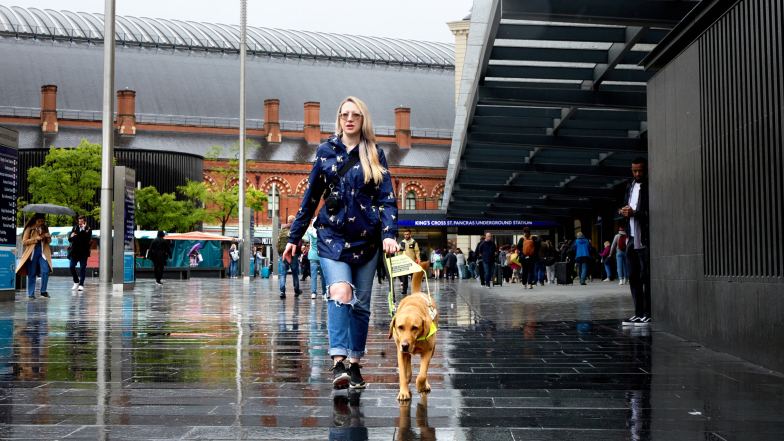
Emma didn’t expect how much being partnered with guide dog Archie would improve & change every part of her life for the better. Find out more about their story.
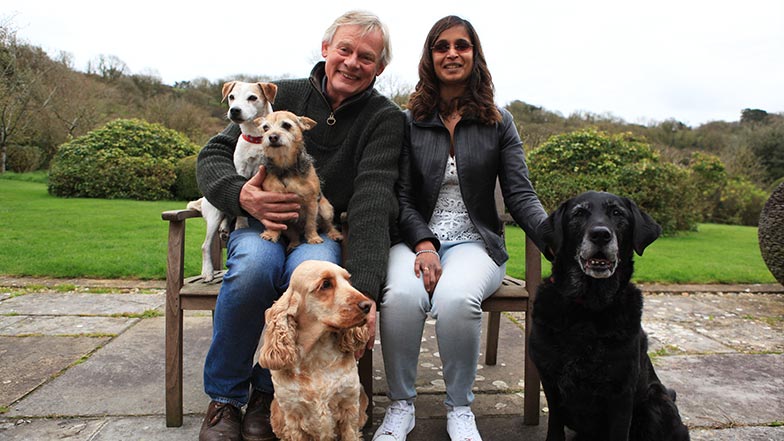
Read about Jaina's journey with guide dog Laura, and how the pair featured in an ITV documentary.

Lorna’s guide dog Yarren has completely changed her life, taking the worry out of activities like taking the kids to school and soft play. Discover their story.
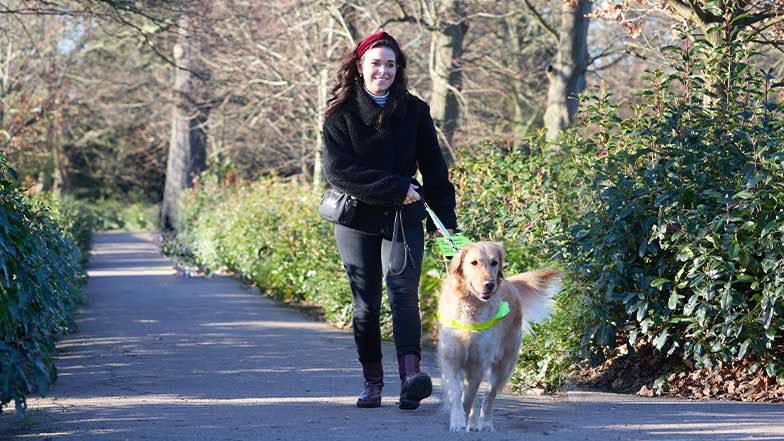
Taylor felt her world change when she went on her first matching walk with guide dog Jilly. Discover more about their partnership.
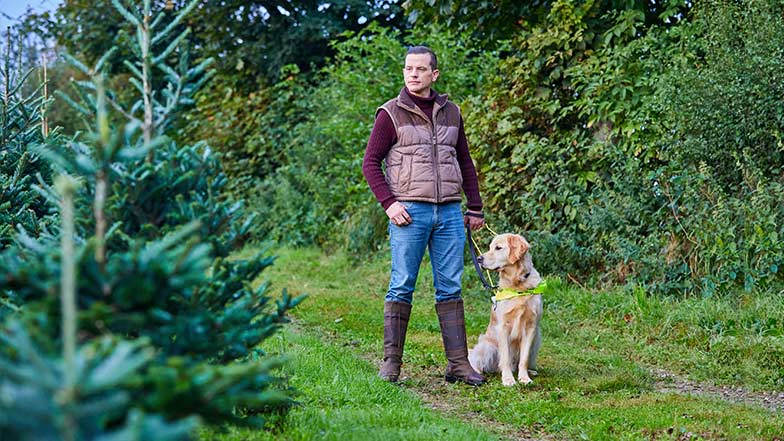
Read about Scott and Milo's special partnership and how guide dog Milo changed life for Scott and his family.
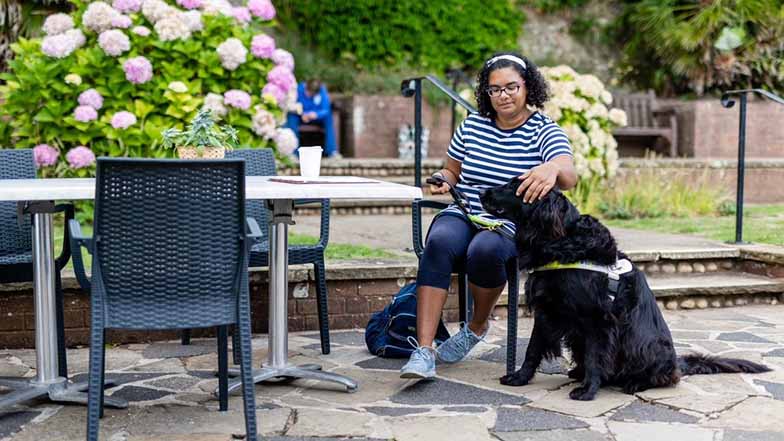
Alex is Lena’s fourth guide dog. Each of her guide dogs have been so different, and she’s excited to see where this new chapter will take them. Read their story.